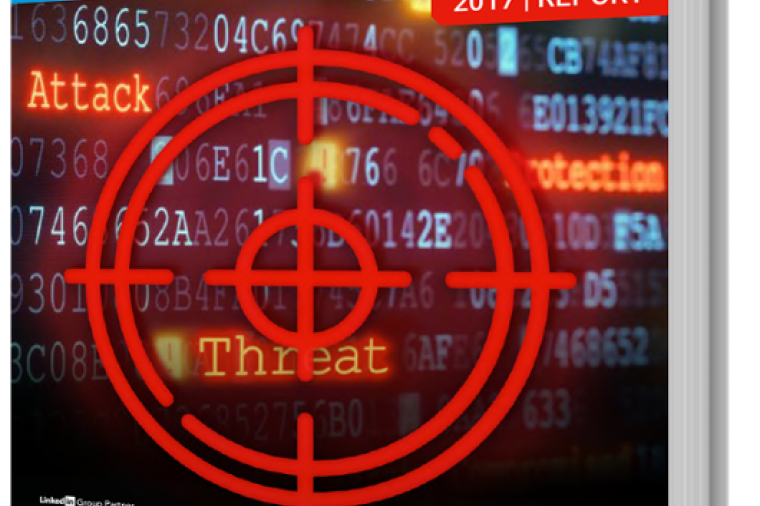Digital Design
Today marks the release of Autodesk Revit 2018, and, as a member of the Autodesk AEC Bloggers Council, we’re proud to be first to bring you an overview of what’s new.
Cloud Computing, IT Perspective
Nearly every agency is working with a constant lack of IT resources—staff and budget alike. At the same time, many of these agencies have been performing IT tasks manually for years, heightening the pain of that already painful burden. Agencies, take heart. There is a way to ease that pain. In fact, there is a single solution that solves both of these issues: automation.
Digital Design
City and county infrastructure designers and civil engineers won’t want to miss this unique webinar series taking place every Tuesday through May 2017.
Join a host of familiar Autodesk faces as they walkthrough the phases of a challenging roadway project. From gathering data about the existing situation, producing a project concept, moving that concept to the detailed design phase, conducting additional analysis, and finally creating compelling visualizations to share with project stakeholders, including low cost virtual reality.
Digital Design
If you’re like most designers, engineers, or CAD managers, you probably rely on Windows Explorer and mapped network drives to manage and store project files. For instance, you may have one drive for design data, another for admin, another for permits, and so on. While it’s been the way you’ve done things for years, this habit of breaking your project up into pieces is a problematic approach that can result in misplaced data, poor version control, or deleted data due to incorrect file access control.
Cybersecurity
While much of the focus on cybersecurity risks has been focused on prevention and detection, many organizations are quickly discovering that threat hunting is the next step in the evolution of their security operations center (SOC).
Cybersecurity
Metadata. It’s not a word that springs to mind when you think about detecting and stopping attacks on your networks and endpoints. If you’re investigating an attack you probably pull logs files and Netflow data to try and make sense of what’s going on. Nothing wrong with that. But as with all things cybersecurity, there’s always more you can do. And that’s where metadata comes in.





